Manual brewing at home is relatively inexpensive and easy to do. Manual brewing at home has picked up steam in recent years, with many honing their skills and experimenting during lockdown.
Whether you’re a coffee enthusiast, looking to discover a new method of extracting your speciality coffee, or an individual looking to learn more about the historical developments in coffee brewing, our blog will cover it all.
Here are a number of manual coffee brewing methods and how they came to fruition.
The Beginning
Whilst there are no records to suggest when people started consuming coffee, most agree that it originated in Ethiopia. According to early European travellers, the first to come across coffee were the Oromo people. They would mix ground coffee cherries and beans with animal fat to create a long-lasting snack.
As the 15th century passed, the Ottoman Empire expanded into North Africa, Central and Eastern Europe and Asia. This established main trade routes, leading to the discovery of the coffee plant. Soon after discovering coffee, the Turks invested an early brewing method. This method involved grounding roast coffee beans with a pestle and mortar, adding water and boiling the mixture in a cezve pot. This brewing method quickly began spreading through the wealthy classes of the Ottoman Empire.
The Ottoman Turks tried in vain to keep the coffee trade to themselves. The seed was quickly smuggled out of the country, where it was distributed throughout Europe.
By the 18th century, coffee was enjoyed globally.
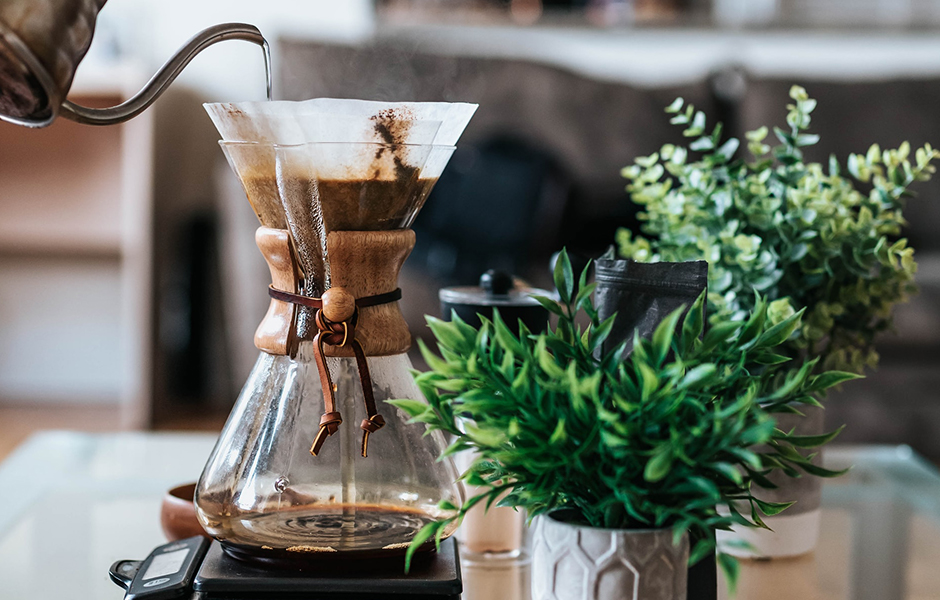
Early Brewing Devices
When coffee arrived in Europe, the conventional method was to add ground beans to water in a single pot and boiling it. This method was similar to how the Turks drank it. Coffee was introduced in the beginning of the Industrial Revolution where, at the time, many drank wine and beer as a safer alternative to water. The introduction of coffee allowed workers to participate in factory work without feeling the effects of the alcohol.
In the 19th century, the drip method was developed in France. In this method, ground coffee was placed in a container situated between two chambers of a pot. Heater water was then added to a compartment above the ground coffee, which over time dripped through the coffee beans. In terms of its compartments, it could somewhat be considered an upside-down Moka pot in that respect.
The French Press
In 1852, Mayer and Deforge patented a design for this type of brewer, though its design at this stage was significantly different to the modern French press we know and love today.
It wasn’t until 1929 that the French press began to resemble the French press of today. Two Italians, Attilio Calimani and Giulio Moneta patented a design which included a seal around the plunger disks, making plunging more efficient and reducing the likelihood of ground coffee making it past the filter.
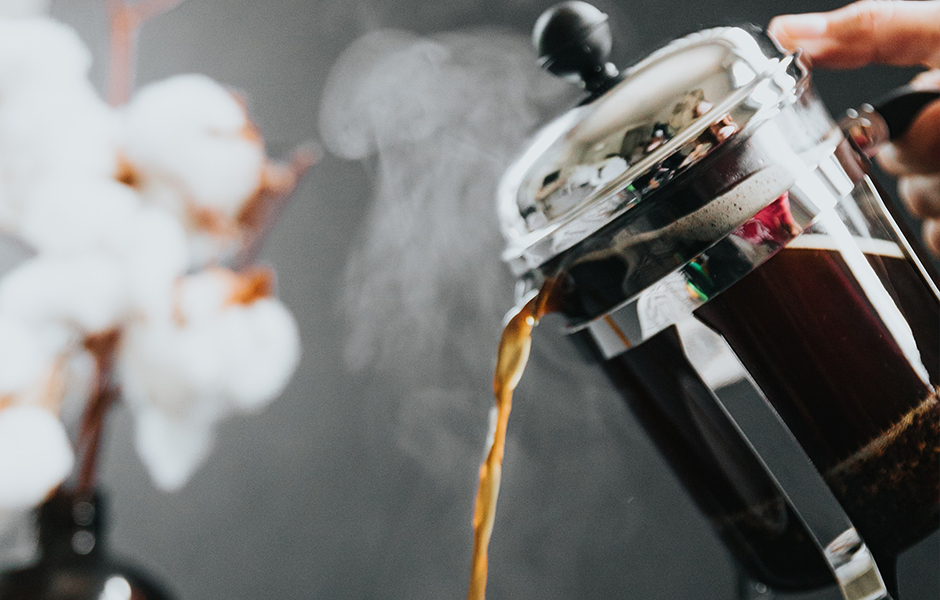
The Moka Pot
With France and Germany leading the way with new coffee brewing methods, Italy’s 19th-century economic boom saw locals demanding ways to enjoy the same quality coffee at home.
In 1933, Alfonso Bialetti invented the Moka Pot. The Moka is designed for use on the stove and makes use of 3 compartments. Pressurised by steam, boiling water is passed through the ground coffee into a top, holding container. The Moka pot is still produced by Bialetti today.
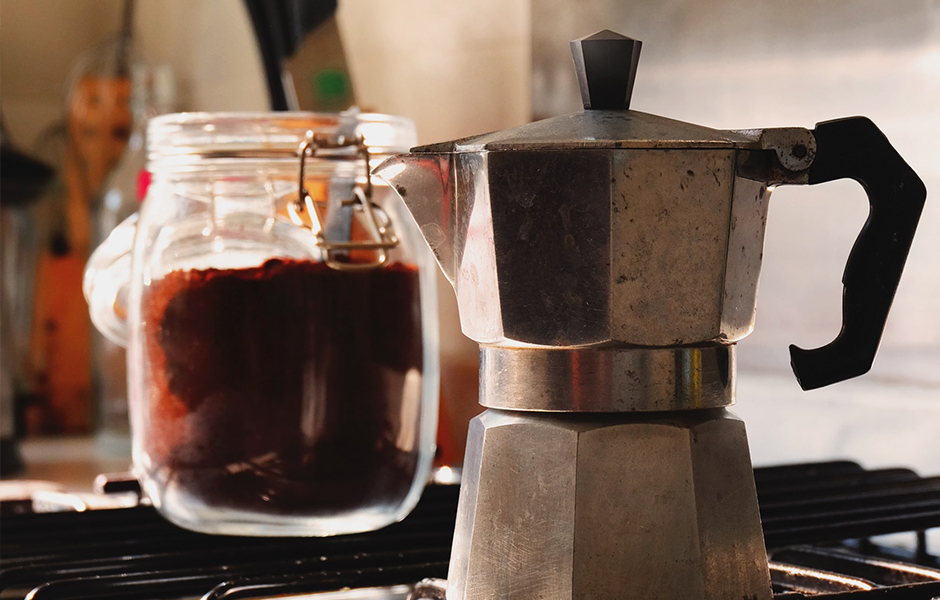
The Chemex
In 1941, German chemist Peter J.Schlumbohm created the Chemex. The Chemex is an hourglass shaped glass flask with a conical funnel-like neck and corresponding filter. Thicker proprietary filters were used, instead of the standard paper filters used in standard drip coffeemakers. This thicker filter removed a greater amount of coffee oils, making coffee taste ‘cleaner’.
Schlumbohm considered the appearance of his inventions very important, as this was one of many, his design resembled the chemical laboratory equipment that he used in his daily life.
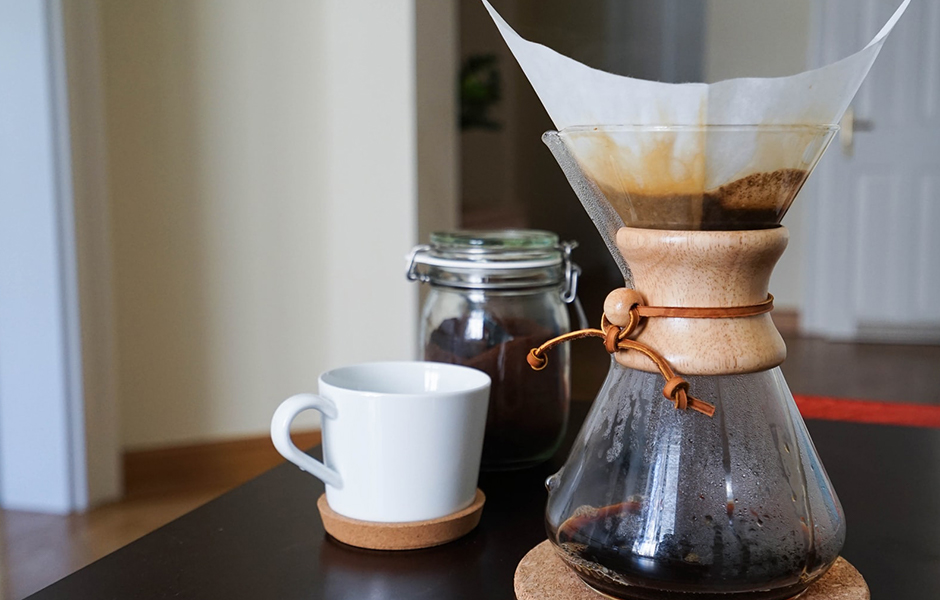
The V60
The Chemex isn’t the only manual brewing device with a chemistry background. The Hario V60 was created by a company in Tokyo that produced and sold physical and chemical use glass products.
The Hario V60 has three qualities that impact it’s brewing ability. Firstly, its cone shape lets water poured over flow towards the centre, giving it longer time to make contact with the grounds. Secondly, its single hole means that the flavour of coffee can be altered by changing the speed at which the water is poured. Thirdly, the filter cone itself has spiral ribs on the outside which allows more air to escape which maximises the expansion of the coffee grounds.
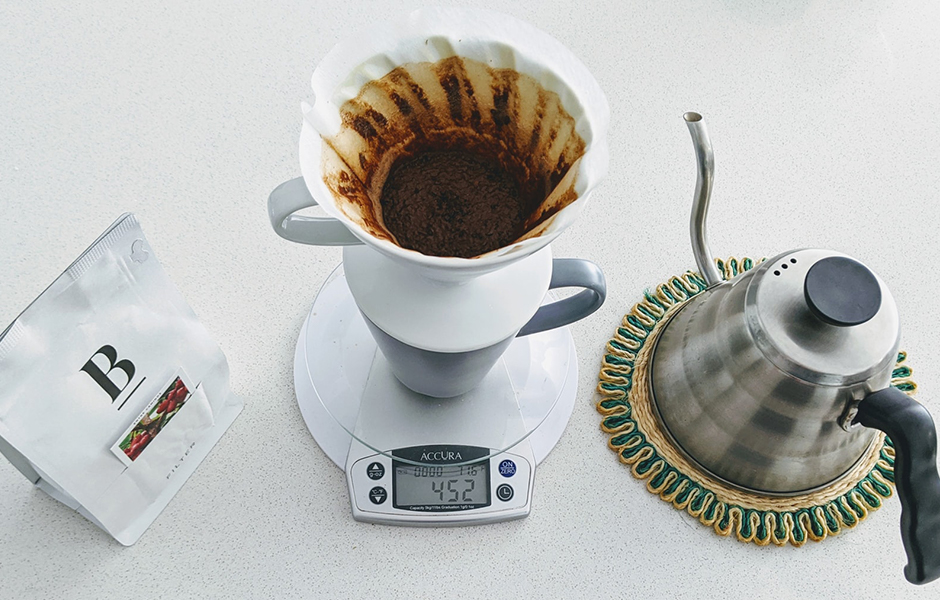
The Kalita Wave
Kalita Is a Japanese company which has been producing coffee equipment and filters since the 1950’s. They started creating the Kalita Wave series in 2010. Despite it’s similar appearance to the V60, there are actually some key differences between the two.
The Kalita wave has a flat bottom with three extraction holes. This helps to slow down the flow of water, creating a crisper cup of coffee. Its flat bottom also improves the predictability of coffee extraction, resulting in perfect coffee more often.
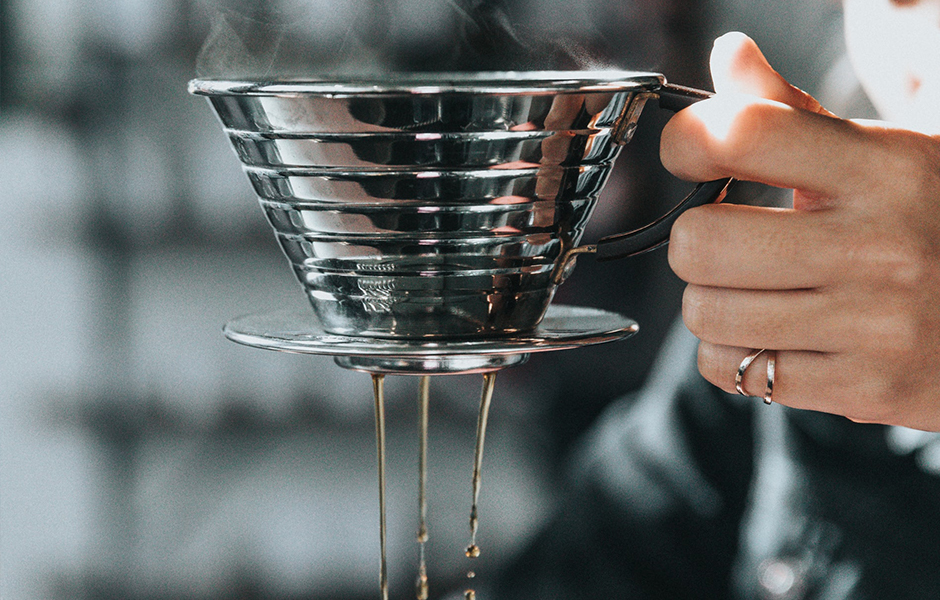
The AeroPress
Made in the US by engineer Alan Adler in 2005, the AeroPress is made of polycarbonate and its main purpose is to eliminate the bitter taste that some coffee produces. For this to happen, Alan realised the brewing time needed to be shorter. This resulted in the AeroPress being a quick manual brewing system compared to most manual devices on the market.
With the AeroPress being compact, portable and easy to clean, it has carved its own niche in the coffee industry.
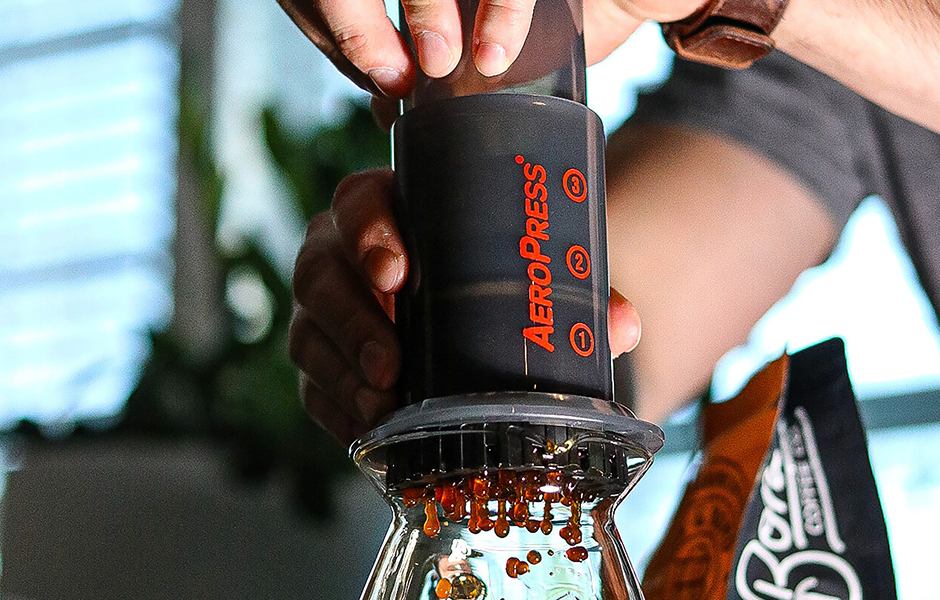
Manual methods of brewing have opened a path towards more experimental ways of creating the perfect cuppa. Knowing how each one was created and used will help you to enjoy and respect the efforts put into each and every device.
For further history on the origin of coffee click here



